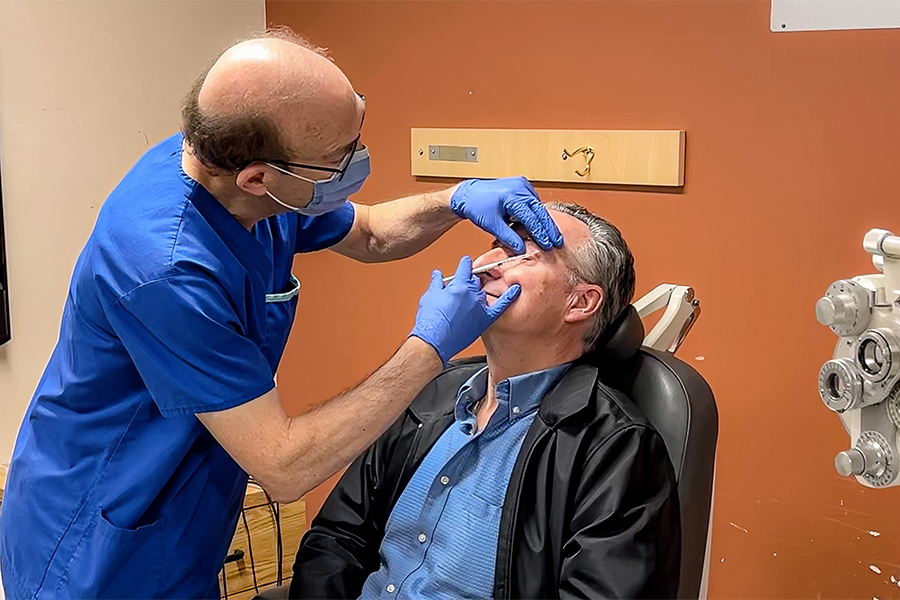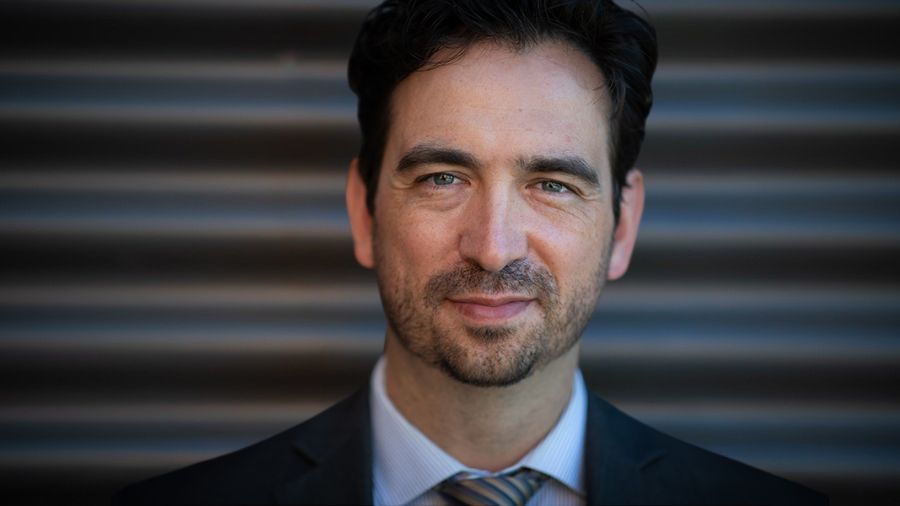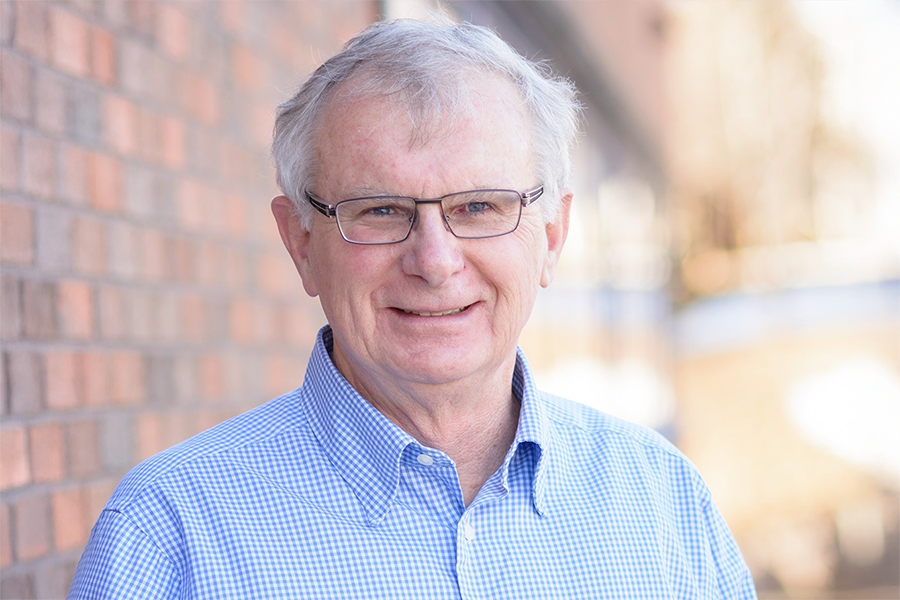Q. What are the current challenges in retinal reattachment surgery?
A. During retinal reattachment surgery, the eye’s vitreous fluid – the substance that fills the eyeball – is removed and replaced with a synthetic fluid. But there are challenges with existing synthetic options like gases or oils. Gases blur vision, require a patient to lie face-down, and prevent activities with significant pressure changes such as airplane travel. They are also unsuitable for long-term vitreous replacement. Heavy liquids like silicone oil also result in blurry vision and break down into toxic products, requiring a second surgery to have them removed.
Q. How are you addressing this challenge?
A. I’m working with Dr. Molly Shoichet to develop a new, long-term solution that provides better optical clarity, is non-toxic, and will not have to be removed. Ultimately, we want to translate this vitreous substitute into a product that can be used to improve retinal eye surgery throughout the world. We are currently pursuing a patent and Health Canada approval, and hopefully human clinical trials will start within the next two years.
Q. How will your new vitreous substitute improve the process of retinal reattachment surgery?
A. The surgery will be much quicker and less expensive. Currently we use silicone oil as a replacement substance, which requires three steps to be inserted. We have to flatten the retina with a compound called fluorocarbon, then remove the fluorocarbon and replace it with air, and finally inject the silicone. Then several months later we need to take out the silicone in a second operation. With our new substance it’s one step. Plus it will slowly absorb on its own, so several months later the patient won’t need a second operation.
Q. Can your new substance be used for other eye surgeries?
A. Absolutely. We can use it in procedures for complicated diabetic retinopathy and macular holes, conditions which also impact a patient’s central vision. In my average week I would use a compound like this probably 10 times. It will be a very widespread
necessity.
Q. Are you working on any other vision innovations?
A. Right now I am the only surgeon in Canada performing a surgery that implants the Argus II “bionic eye” in patients with certain retinal degenerations. This is an astounding device that enables people who are completely blind to acquire electronic vision. People who couldn’t see light or walk around all of a sudden have enough vision to see empty seats on subways, trees on the street for the first time, or their grandchildren running towards them. It’s transformative.


